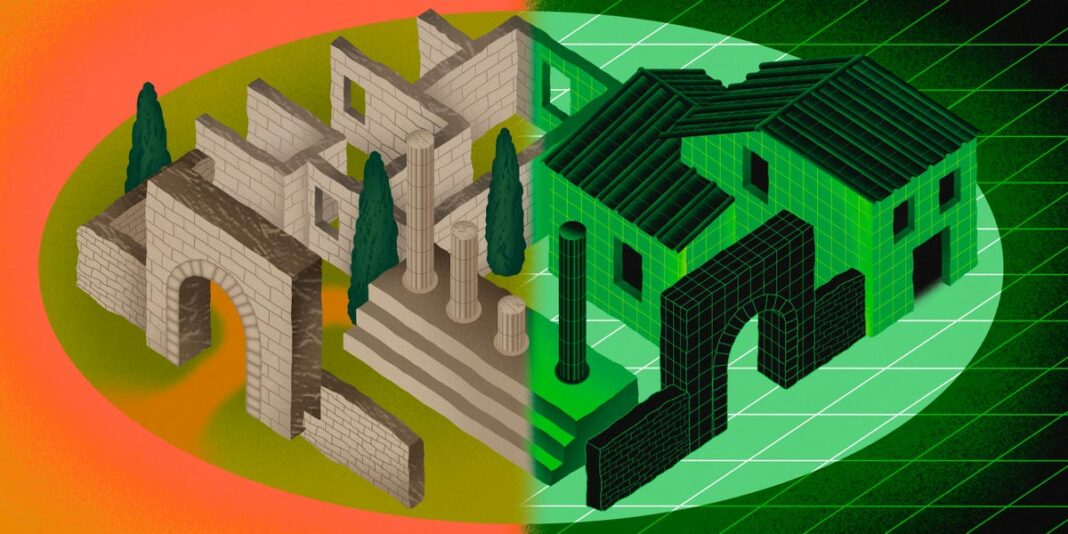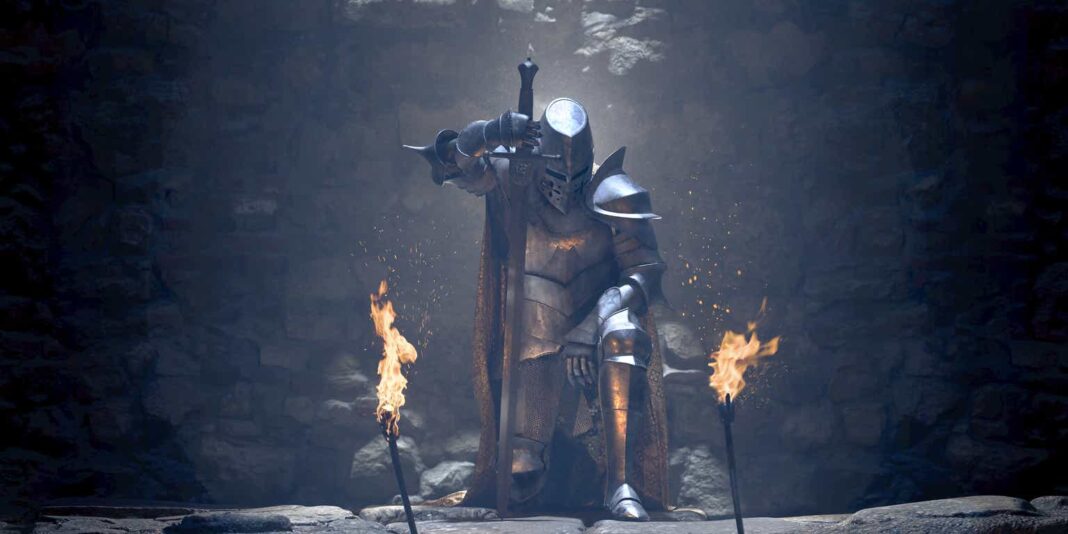Digital-twin technology could be an archaeologist’s most powerful tool
As technology continues to advance, new tools are becoming available to archaeologists that were never before possible. One such tool is digital-twin technology, which has the potential to revolutionize the field of archaeology. In this article, we will explore how digital-twin technology can benefit archaeologists in their work and why it may be their most powerful tool yet.
What is Digital-twin Technology?
Digital-twin technology involves creating a virtual replica of a physical object or environment. This replica is created using data collected from sensors, cameras, and other sources, and can be manipulated and analyzed in a digital space. In the context of archaeology, digital-twin technology can be used to create 3D models of archaeological sites, artifacts, and other important finds.
Benefits of Digital-twin Technology for Archaeologists
There are several benefits to using digital-twin technology in archaeology. One of the main advantages is that it allows archaeologists to create highly detailed and accurate models of archaeological sites and artifacts. This can help them to better understand the layout of a site, the relationships between different objects, and how they may have been used by ancient civilizations.
Additionally, digital-twin technology can be used to visualize and interpret data in new ways. For example, archaeologists can use virtual reality to explore a site in real time or manipulate a 3D model to uncover hidden features. This can provide valuable insights that may not have been possible with traditional methods.
Case Studies
Several archaeological projects have already benefited from the use of digital-twin technology. For example, the Pompeii Sustainable Preservation Project in Italy used 3D scanning and modeling to create a digital-twin of the ancient city of Pompeii. This has allowed researchers to study the site in greater detail and develop new preservation strategies to protect it for future generations.
Another project, the Digital Angkor Project in Cambodia, used digital-twin technology to reconstruct the ancient city of Angkor Wat. This has provided researchers with a new perspective on the city’s layout and architecture, as well as insights into how it may have looked during its heyday.
Conclusion
Overall, digital-twin technology has the potential to be a game-changer for archaeologists. By creating detailed and accurate models of archaeological sites and artifacts, researchers can gain new insights into the past and develop innovative preservation strategies. As technology continues to advance, digital-twin technology will likely become an essential tool for archaeologists around the world.
FAQs
What equipment is needed for digital-twin technology in archaeology?
To create digital twins, archaeologists typically need 3D scanners, cameras, sensors, and software for processing and analyzing data. These tools can vary in complexity and cost, but there are many affordable options available for researchers.
How accurate are digital-twin models in archaeology?
Digital-twin models can be highly accurate, especially when created using high-quality data and advanced processing techniques. However, it is important for researchers to validate their models with on-site inspections and other methods to ensure their accuracy.
Are there any limitations to digital-twin technology in archaeology?
While digital-twin technology offers many benefits, it also has limitations. For example, creating accurate models can be time-consuming and expensive, and not all archaeological sites may be suitable for this type of analysis. Additionally, researchers must ensure that their models are based on sound data and interpretations to avoid inaccuracies.




